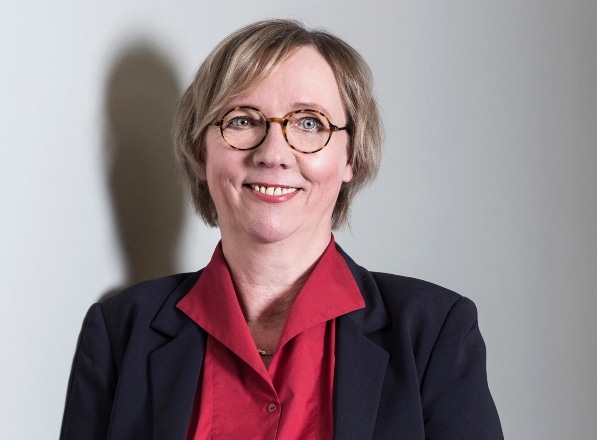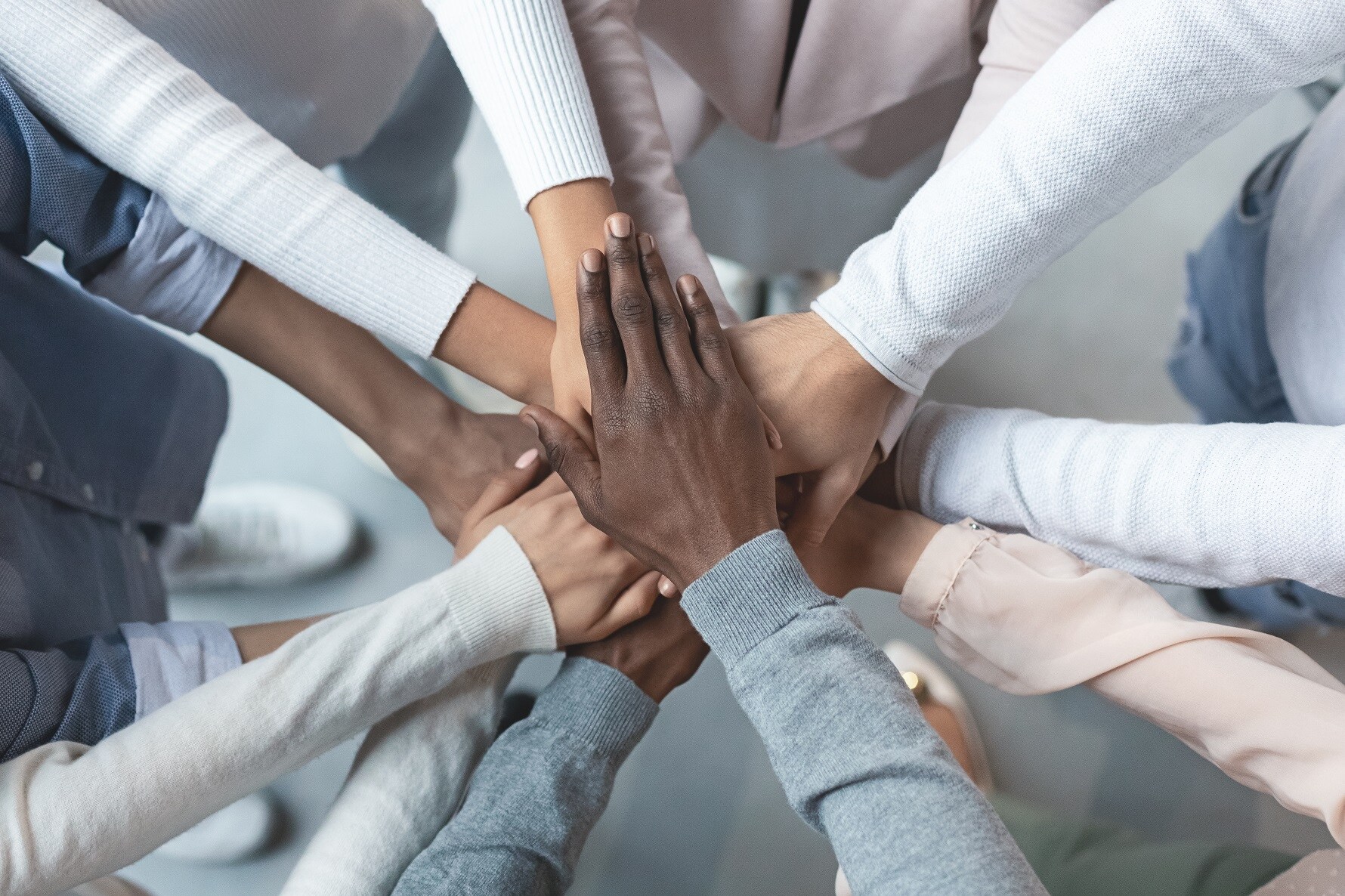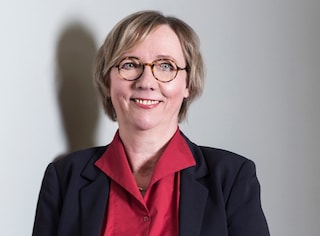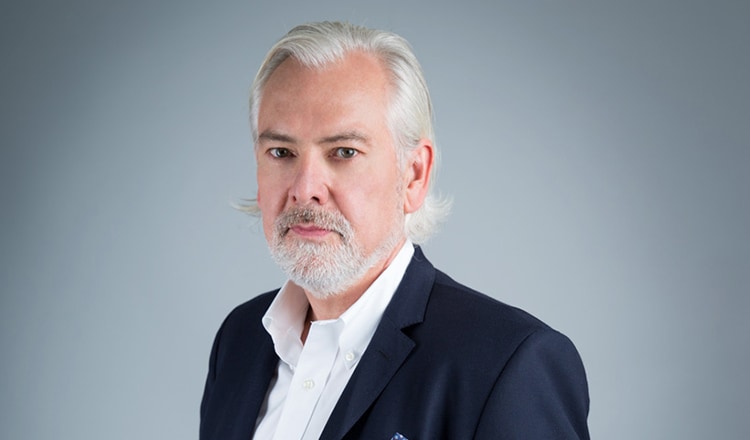Over this past year, the world has undergone seismic changes.
The pandemic has continued to blight lives and economies, cultural shifts have occurred in the blink of an eye, and social movements have questioned our perspectives and priorities—reshaping many of them in the process.
This is the fast-paced, complex, and evolving terrain we, as a society, are operating in. It’s also the background to PMI’s Inclusive Future research campaign—in partnership with the International Institute for Management Development (IMD)—which is measuring workplace inclusion and aiming to cultivate lasting change for our employees.
These monumental societal shifts have impacted each of us differently, but a clear picture is beginning to emerge of what people collectively require to feel included and, hence, to bring their best selves to work.
Silke Muenster
Chief Diversity Officer, Philip Morris International *
Embracing diverse backgrounds and perspectives
We’ll have a more definitive platform to work from following the final phase of our three-phase project, but the first phase has already highlighted some key focus areas.
One is the critical role of psychological safety in building a workplace culture that embraces a diverse range of people and their different perspectives, providing them with an environment where they feel encouraged to speak up—and confident that they’ll be heard.
Employing a diverse workforce is the easy part; it’s our effectiveness at authentically fostering a sense of belonging and psychological safety for every employee that really counts.
After all, if workplace inclusion doesn’t exist, neither will the innovation central to our ambitions of delivering a smoke-free future.
How can leaders help foster a safer environment?
To harness a culture where people are willing to innovate, we must first harness a culture where people are prepared to take risks and make mistakes.
Leaders play an important role in creating the psychologically safe space that can help create to this bold approach. They can achieve this by:
- Being curious
- Asking questions
- Listening to their team members
- Being open to the opinions of those with different perspectives
- Demonstrating humility
Speaking candidly about their own vulnerabilities and mistakes instills a trial-and-error willingness in their employees—a sense of: “If they sometimes get it wrong, it’s not the end of the world if I do, too.”
This is a mindset that unlocks the door to great feats of innovation, and it’s one we hope every member of our workforce feels able to adopt.
That’s why we’re focused on embracing the fruits of diversity and different viewpoints. It’s what drives innovation and positive change—for our organization and society at large.
By contrast, “mini-me” clones attempting to copy senior staff rather than share their own perspectives only serve to curtail our ambitions and stifle innovation.
Delegating responsibility to create cultural change
From our research to date, it’s clear that our employees want to have that all-important sense of belonging—even if their views are different from those around them.
Our findings show that those who are comfortable discussing boundaries and difficult issues with their managers and fellow team members feel psychologically much stronger than those who aren’t.
At PMI, we are making good progress in this area, but we are not perfect.
We know an inclusive culture where everyone feels safe to deliver their full potential, challenge decisions, raise issues, and call out micro-inequities is imperative.
That’s why we were so eager to embark on this journey of measuring inclusion—because by breaking it down, we can delegate responsibility.
Yes, commitment from the top is a critical component—but we can only drive inclusion if every employee embraces the concept and rises to the challenge of achieving change.
Striving for the gold standard
I’m often asked: What would be a satisfactory outcome at the end of this research project? Let’s say, for example, the data revealed that 80 percent of our global workforce feels included. Would I consider that a good result?
That’s currently a tricky question to answer in this relatively uncharted field of measuring workplace inclusion.
No gold standard exists, so we don’t yet have the means for comparison.
However, by undertaking our year-long study and collaborating with other companies—sharing our findings, our focus areas, our best practices, and our weak spots—we can paint a clearer picture of what “good” truly looks like.
This will enable us to develop more robust practices to drive that employee inclusion figure much closer to 100 percent—which would, in turn, provide even stronger foundations for us to reach our smoke-free aspirations, faster.





